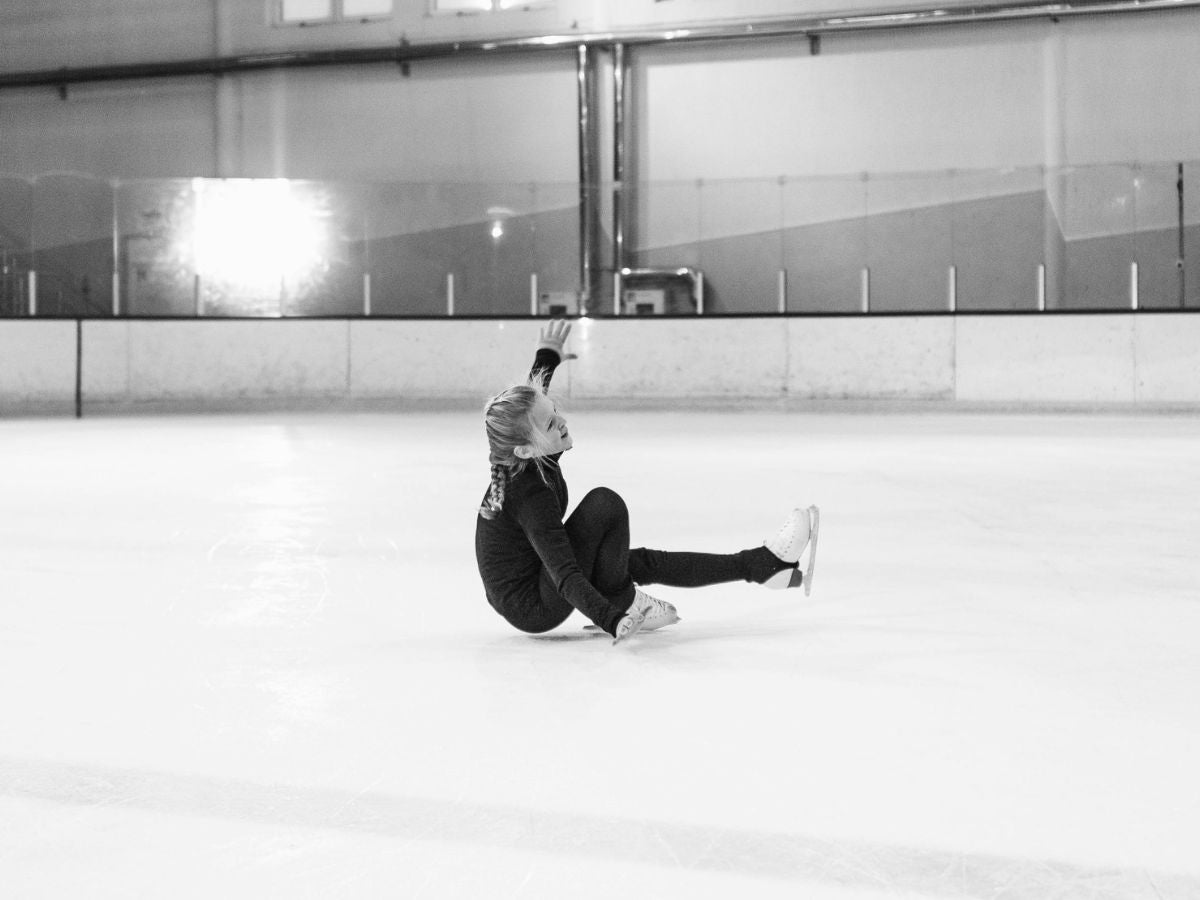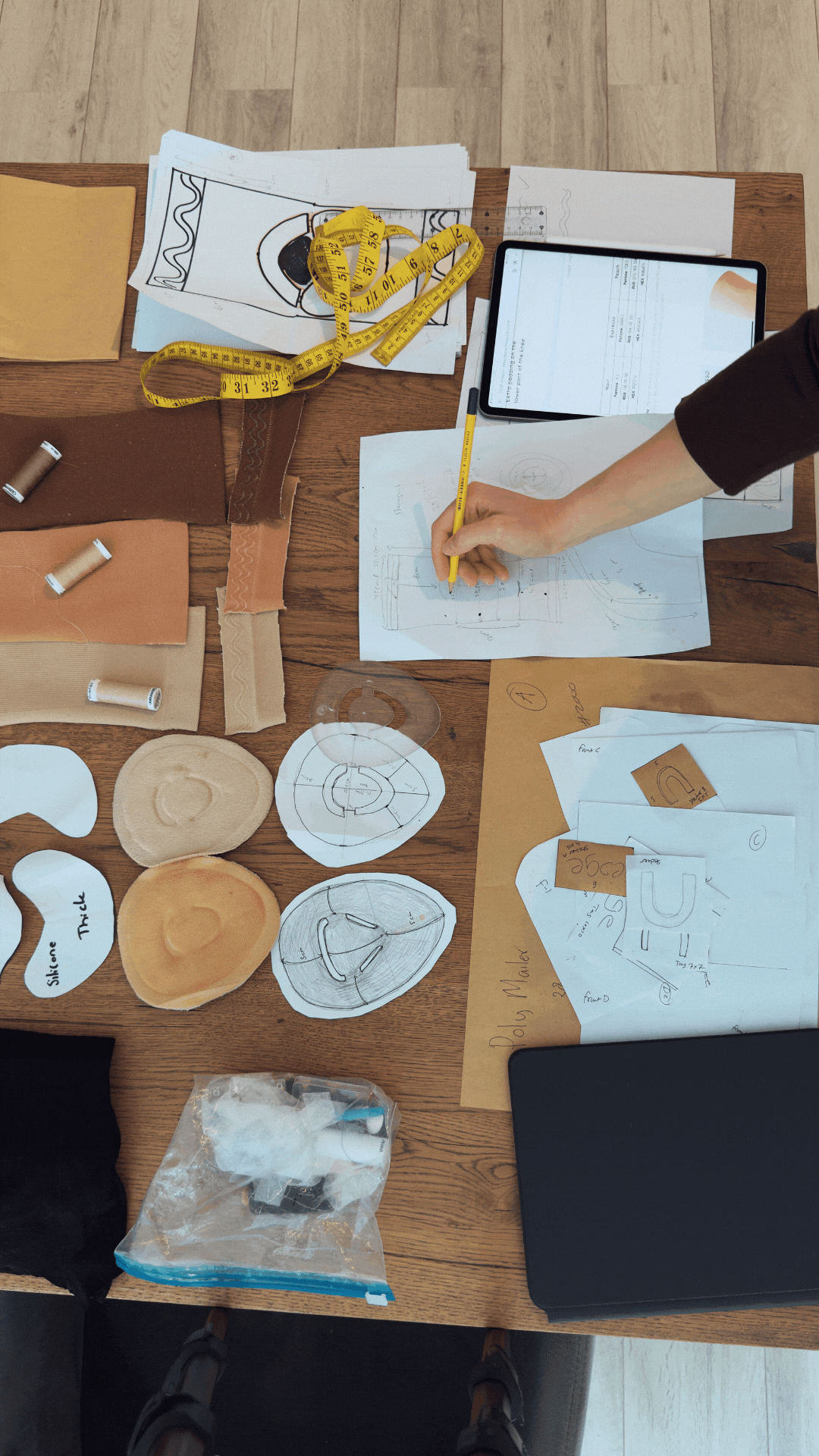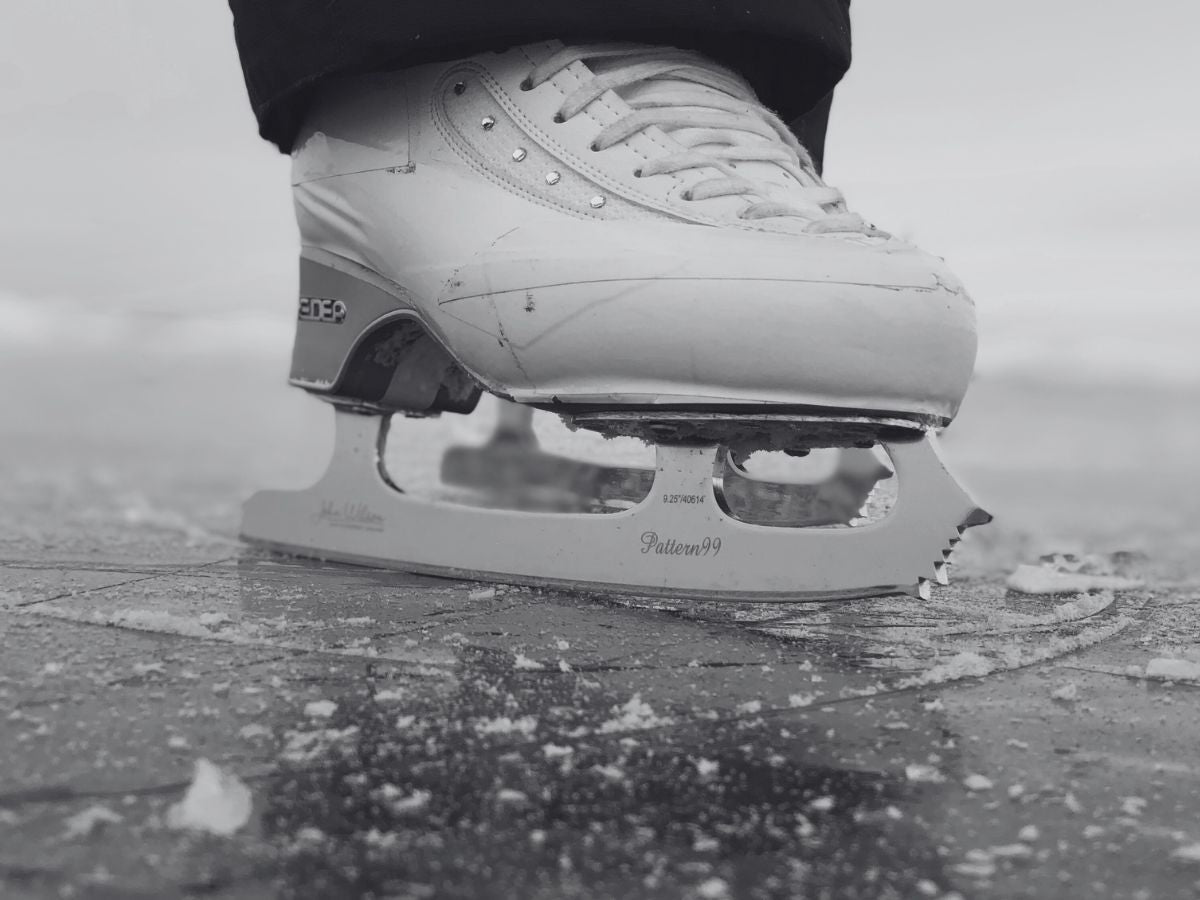
Learning to Fall: Why It’s One of the First Skills Every Skater Should Learn
Falling is a normal part of skating. But more than that, it’s something every skater should learn how to do right from the start. It doesn’t matter whether you’re five or forty, or whether you’re learning your first stroking pattern or your first jump. You are going to fall. A lot. And that’s not something to be afraid of. It’s something to prepare for. Learning how to fall, and how not to fear it, is one of the most important things a skater can do. Especially in the beginning.
Falling Is Part of Skating. Always Has Been. Always Will Be.
Figure skating is a sport of repetition, precision, and movement on a surface that is made to be slippery. Every time you learn a new jump, spin, or transition, there is a real chance you will fall. Not just once, but many times. Even elite skaters fall. In practice. In competition. On warmups. Falling is not a mistake. It’s part of learning. And the earlier you accept it, the faster you progress. The problem isn’t falling. It’s the fear of it. That fear causes tension. And when you’re tense, your balance shifts, your technique weakens, and your chance of falling actually increases. The goal is not to avoid falling. It’s to not be afraid of it.
What Makes Falling Dangerous? The Ones You Don’t See Coming.
Not all falls are equal. Some you expect. You’re trying a new jump. You know you might not land it. So you’re ready. You go in prepared. Your body reacts fast and usually protects itself. Then there are the unexpected falls. You catch a toe pick. Someone bumps into you. You step on a glitter on the ice (yes, this happens more often than you think). Your blade loses grip during the entrance edge of a spin. These are the moments when injury happens because these are falls that come unexpected and fall on areas of your body that are not used to taking impact.
Learning How to Fall Is Part of Learning to Skate
Every beginner should be taught how to fall. This goes for kids, teens, and especially adults, who often carry more fear about falling. When you teach falling early, you take away the fear. You give the skater control.
What every beginner should learn:
- How to shift the body to the side when falling, instead of falling straight back (head) or over the toe pick
- How to stay low and bend the knees, rather than locking up
- How to relax into the fall without collapsing or flailing
- How to land on the sides of the body, like the outer thigh or glute, instead of the joints or wrists
- How to get up safely and quickly (especially on busy ice).
This kind of falling technique should be part of early lessons. Even getting comfortable kneeling on the ice or sitting down intentionally helps new skaters understand that the ice is not something to fear. You’re not teaching people to fall on purpose. You’re teaching them what to do when it happens. Because it will.
Why Your Body Needs to Stay Relaxed When Falling
When you fall, your body naturally reacts. But how it reacts matters. The worst thing you can do is lock your arms or legs. That increases the risk of injury because tension stops your body from absorbing the impact properly. The goal is to have control, but not stiffness. Strong, but not rigid. That mix of muscle control and fluidity helps your body fall safely, adjust its position, and land without shock. Think of it like a well-trained reaction. You don’t want to collapse, but you also don’t want to resist. You want your body to know what to do before you have time to think about it.
Gear Helps When the Fall Is Out of Your Control
Even if your technique is good, you can’t always predict when you’ll fall. That’s where protection comes in. It’s not a weakness. It’s a way to support your body while you’re learning and to avoid continuous bruising when falling on the same part of your body again and again.
Knee pads and elbow pads help absorb impact during unexpected falls or while learning slides and low moves. Fall pants offer great protection with learning new jumps. Wrist guards offer extra support if you’re still developing control. Helmets may be used in early stages or in programs for young children.
Fall. Get Up. Repeat. That’s Skating.
Figure skating has always been about repetition. You try. You fall. You get up. You do it again. And eventually, you stop falling on that one thing. Then you move on to the next. Learning to fall is one of the first things skaters should practice. Not to get good at falling. But to get good at not being afraid to fall. The more confident you feel falling, the more confident you’ll feel pushing yourself. That’s how progress starts. That’s how figure skaters are made.
Image Credits:
Photo by Pavel Danilyuk




